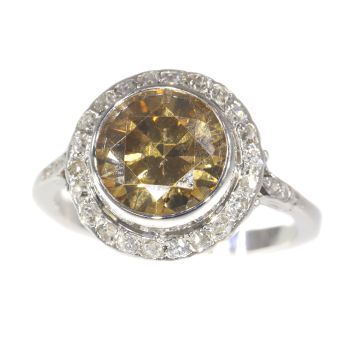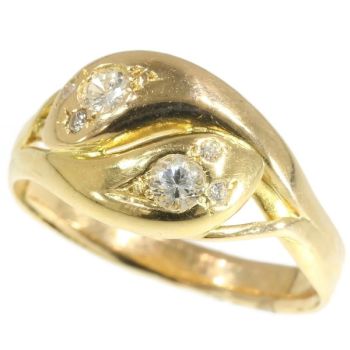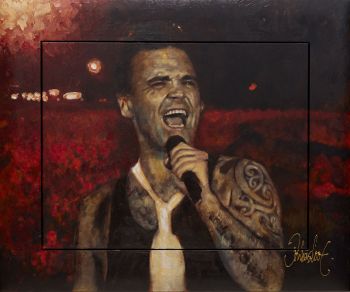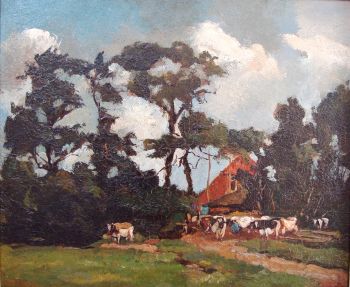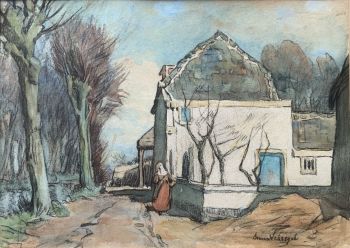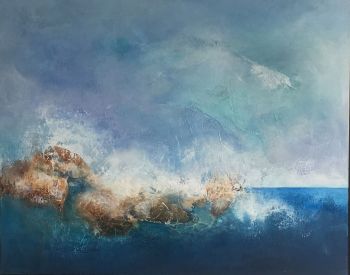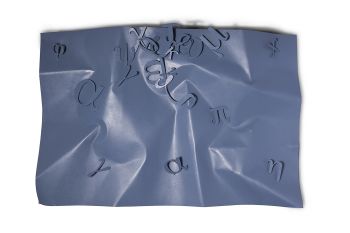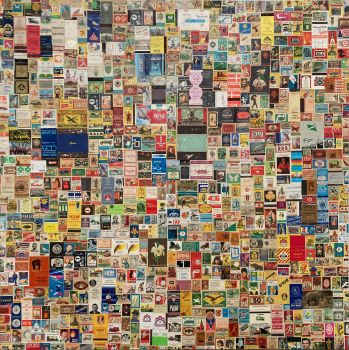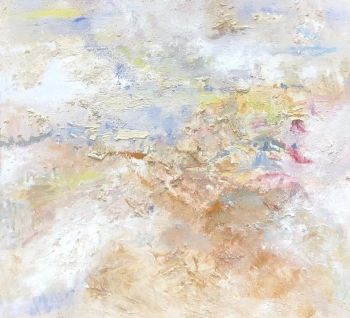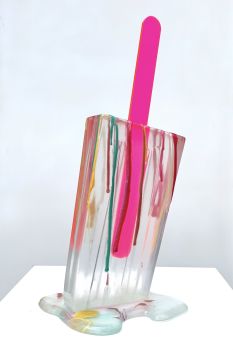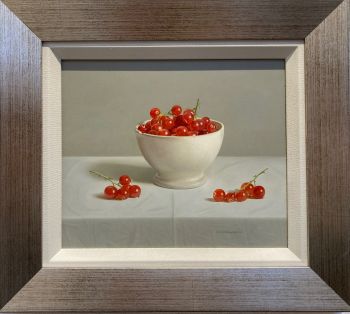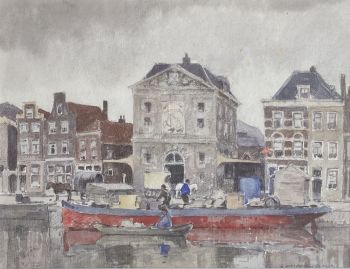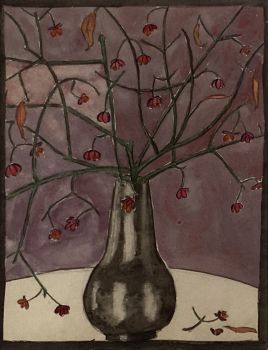Plowing farmer in Limburgs landscape. 1908 - 1927
Adriaan Herman Gouwe
Mixed media
ConditionMint
€ 1.150
Artiquair
- About the artist
The painter Herman Gouwe was born on May 8, 1875 in Alkmaar. Gouwe was educated at the Academy of Visual Arts in Amsterdam, where he became friends with the Maastricht artist Rob Graafland. In the years 1908 to 1927, Gouwe spent half of the year in South Limburg. The other half of the year he stayed in Amsterdam, which later became Blaricum and sometimes foreign cities such as Paris and Tangier. Together with Jan Bakhoven, Guillaume Eberhard, Rob Graafland, Henri Jonas, J. Van der Kooy, Jos Narinx and Vic Reinders, Gouwe founded the Kunstkring van Limburg in 1910.
After 1910 he stayed for some time in Blaricum, where he was in contact with Jan Sluijters, Leo Gestel and Hart Nibbrig, all representatives of a new painting style in which the emphasis in their work was placed on a Fauvist use of colour. Like no other, Gouwe has succeeded in depicting the rising and setting of the sun in his work. His landscapes radiate a harmonious tranquility because there is a good balance between the landscape, the effect of light and shadow and a single person, usually a working farmer. A certain influence of Vincent van Gogh and Paul Gauguin is recognizable. He was more influenced by the collaboration and friendship with the Limburg artist Rob Graafland and, to a lesser extent, Henri Jonas.
In 1909 he and his fellow academy students Gerard Westermann (1880-1971) and Chris Hammes (1872-1965) had the opportunity to organize an exhibition in the Stedelijk Museum in Amsterdam. For artist-critic Conrad Kickert (1882-1956), Gouwe's work with 'blazing skies' and 'fan-radiant summer landscape' provided a provisional outline of the neo-impressionist movement as a whole. At that time, Gouwe had already focused on themes from country life, work and plowing horses.
In 1927, Gouwe went to Tahiti, where the painter Gauguin inspired him. In the company of three friends, Gouwe traveled by boat from Toulon in the south of France to Polynesia-Tahiti. Here he settled on the east coast close to the sea. In the beginning he mainly painted portraits and local landscapes in deep green and brown tones. From the early 1930s, his color palette changed to an intense luminism. That made his work attractive to many American and Australian collectors. Josef Sandberg invited him to exhibit in the Netherlands, which resulted in an exhibition at the Stedelijk Museum Amsterdam in 1959. In the same year he returned to Tahiti and died in 1965 in Papeete.
Are you interested in buying this artwork?
Artwork details
Related artworks
- 1 - 1 / 1
- 1 - 4 / 24
- 1 - 4 / 24
Willem Maris
Polderlandschap met koeien en molens op warme zomerdag1880 - 1890
Price on requestPrivate Collection Classic Arts
Aris Knikker
Riverview with a village (Kortenhoef, Netherlands)1887 - 1962
Price on requestKunsthandel Pygmalion
Tjitske Geertruida Maria van Hettinga Tromp
ACHTER HET HUIS1872 - 1962
Price on requestGalerie Het Noorderlicht
Gijsbertus Jan Sijthoff
Interior scene with a woman doing needlework1890 - 1920
Price on requestVan der Aalst Fine Art
1 - 4 / 24- 1 - 4 / 24
- 1 - 4 / 12







